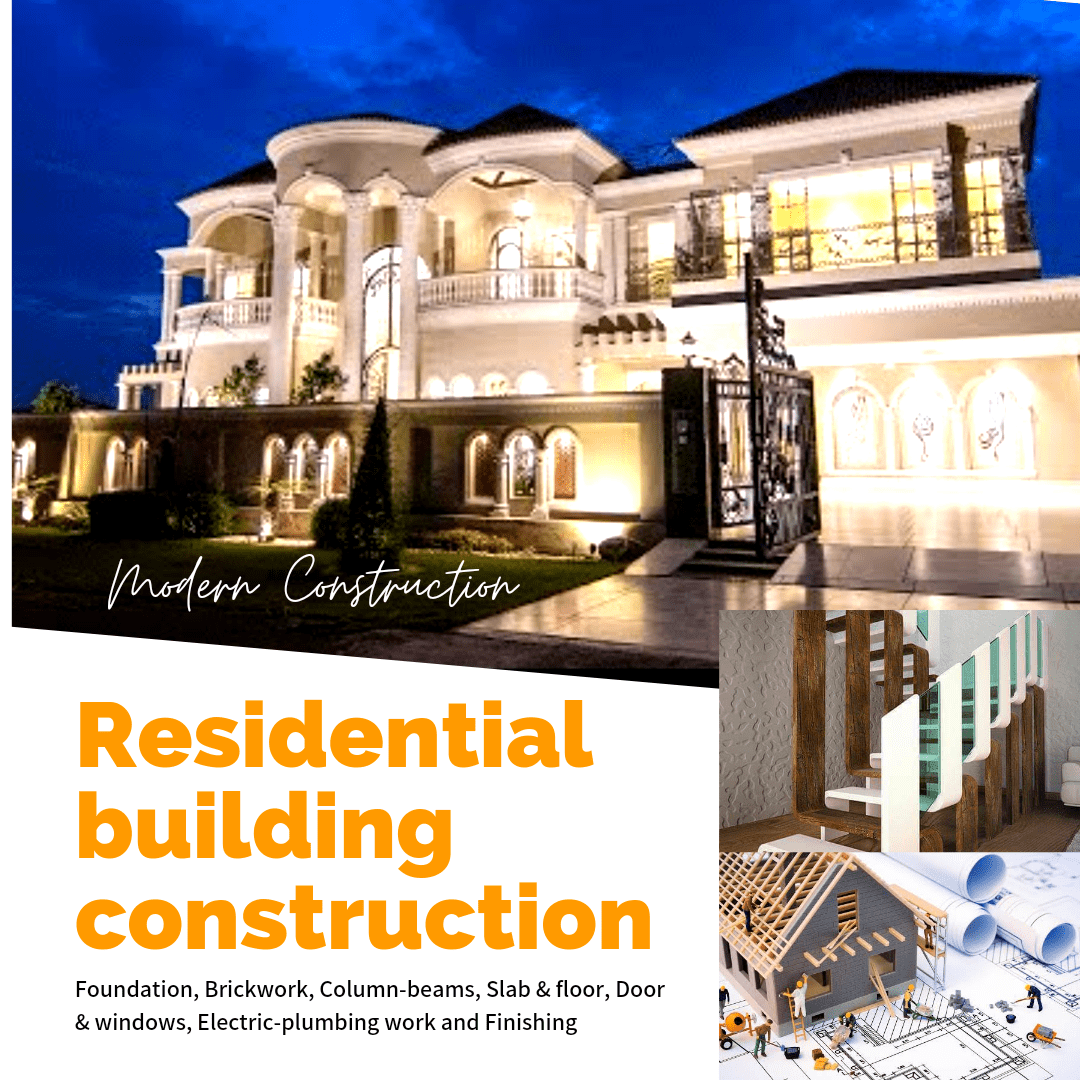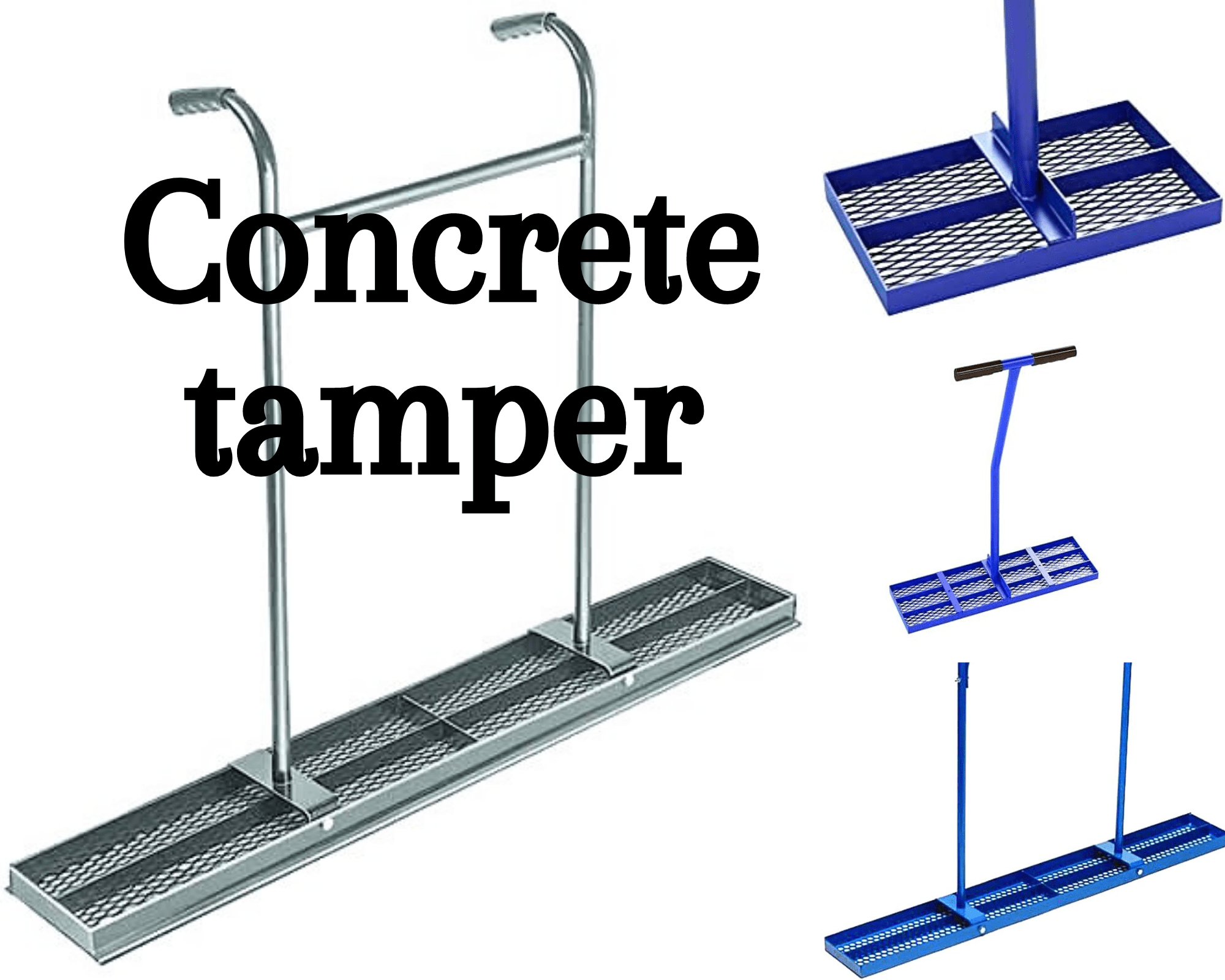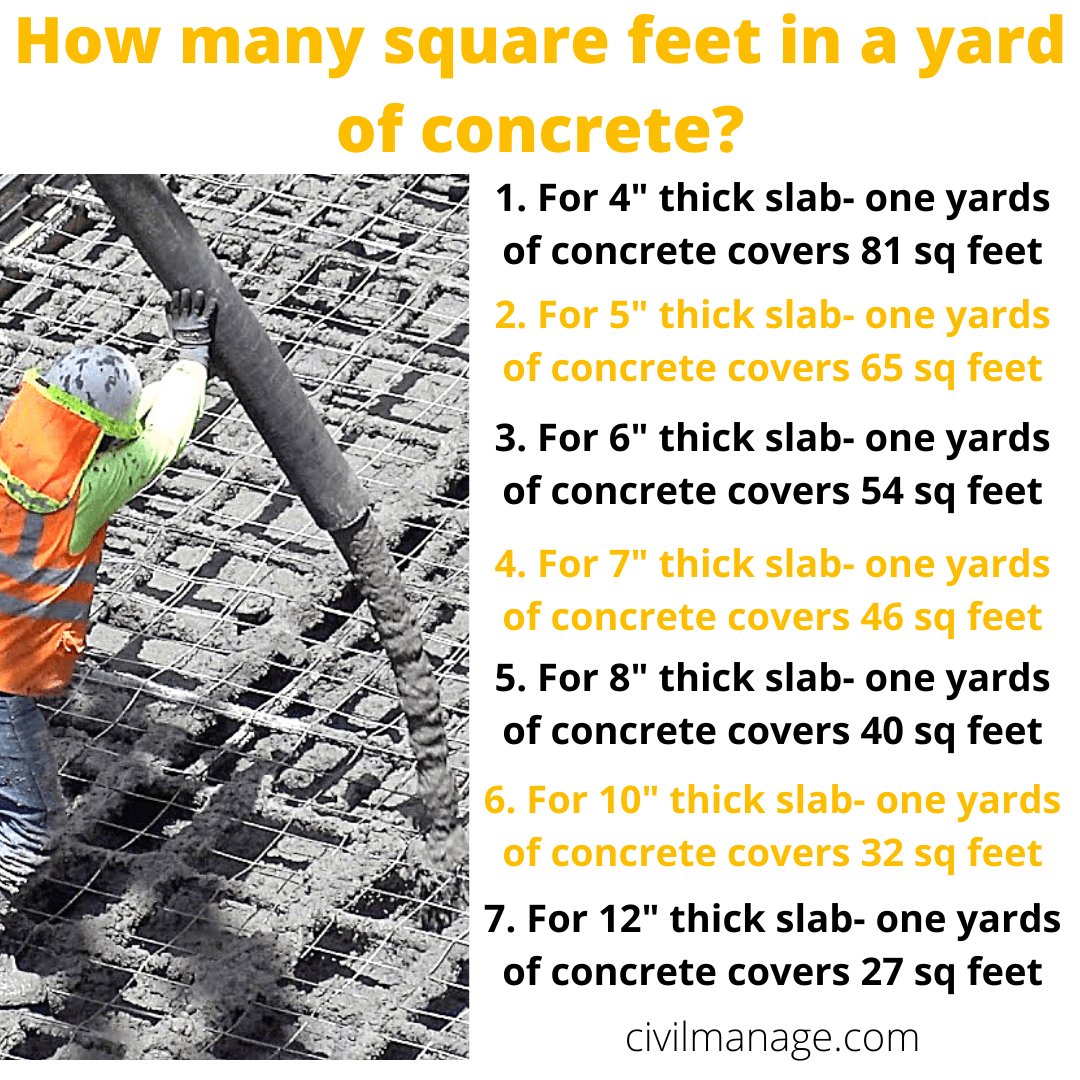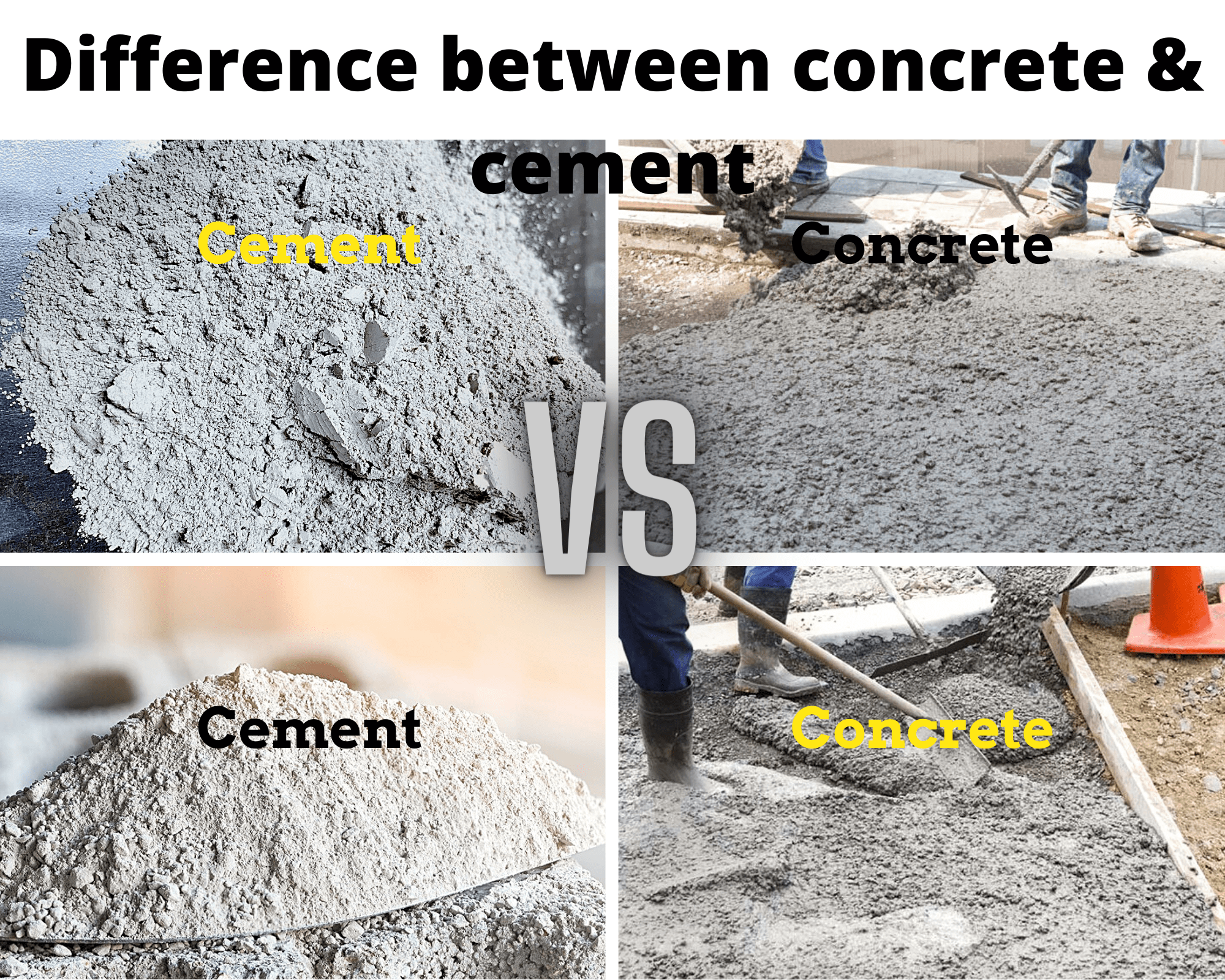In this article, we will discuss the building construction. Further we will discuss the building construction types and you will learn the major 5 types of building construction.
Table of Contents
What is building construction?
Building construction defined as developing a piece of land into real accommodation. There’re five types of building construction such as fire resistive, non-combustible, ordinary construction, heavy timber construction and wooden framed construction.
There’s the first step is to make an estimate before starting the building construction. Material cost, labor cost, and contingencies are included in the estimation consideration. This estimation also includes smart building technology and decarbonization.
Before the estimation, building plans and drawings are prepared according to the need of resident/owner, then it is approved by the competent authority and owner.
The purpose of approval is to insure that building drawings, designs and plans are safe & according to regulations. After approval the construction work is started on contract basis or daily labour basis.
First step on ground is to take possession of plot and mark the boundaries of plot. Then the plot is cleaned and layout is done according to drawings. Now the construction of residential building construction begin.
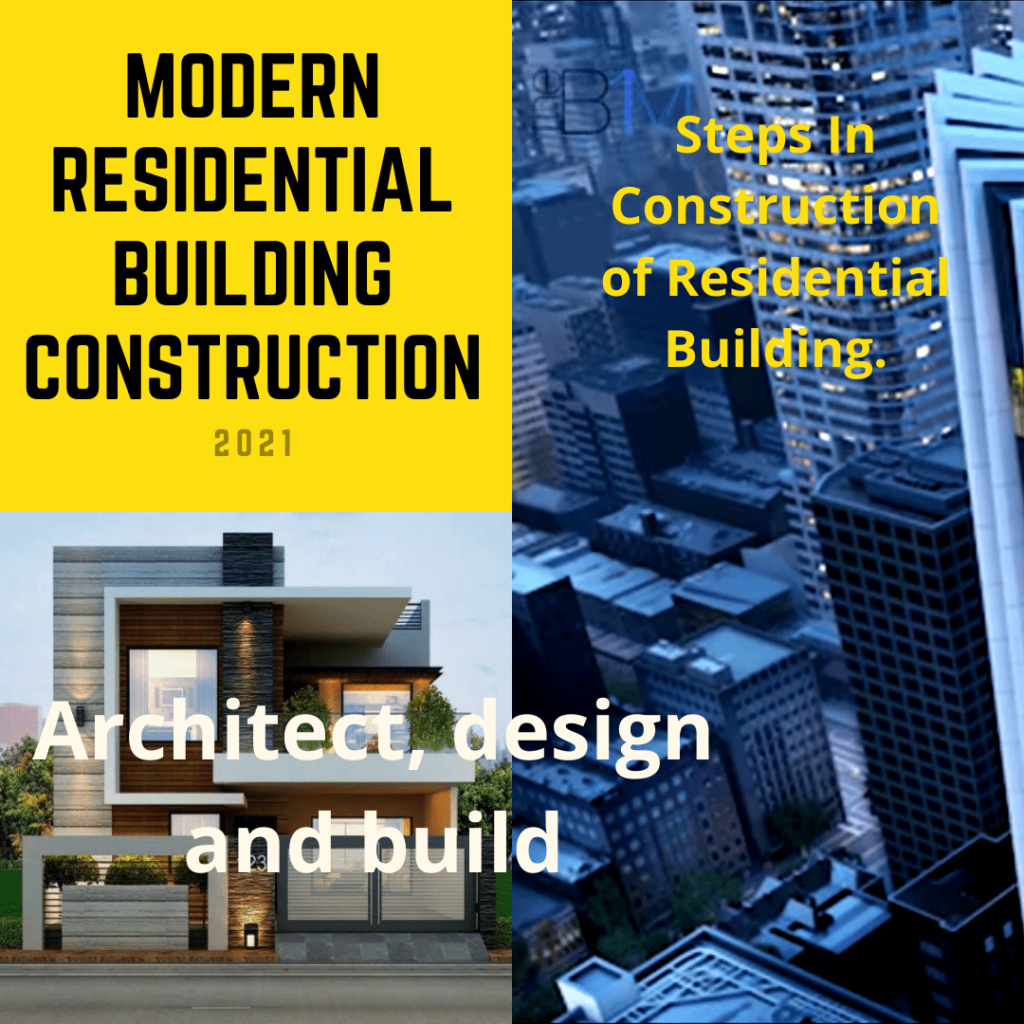
Design build construction:
Design build construction is method in which designing and building is done by a single contractor or single entity. Its the beneficial as the client/owner get conciliation by a single contractor, further there will be no blame game between the designer and builder.
Following are the steps involved in building construction and design build construction.
Earth work in building construction:
In construction work usually there’s a excavation for foundation, this excavation is called earth work. Foundation has width and depth according to drawings. After the construction of foundation, the excavated soil is refilled and compacted.
After refilling up to the ground floor level, if the remaining excavated soil is extra then it is used in ramp and road construction in front of building. If there’s more remaining soil left, it is then dig into a suitable place.
Concrete work in foundation:
After the completion of exacavation, its depth is checked by the level. If there’s fluctuation, it is then corrected. After that layer of concrete is then placed at the bottom. That concrete mix ratio is usually (1:4:8).
Sometimes it can be (1:5:10) or (1:6:20), because its a lean concrete and lean concrete is use/place to get smooth surface. Depth of this concrete layer can be between 20cm to 45cm (9″ to 18″). Usually 30cm (12″) is used.
Damp proof course:
To protect the super structure of building, there’s a 2.5cm (1″) thick concrete layer is placed which is called damp proof course. Concrete mix ratio (1:1.5:3) is used for DPC. Sometimes waterproof material is also added in @ 1kg/cement bag.
Read in detail about damp proof course.
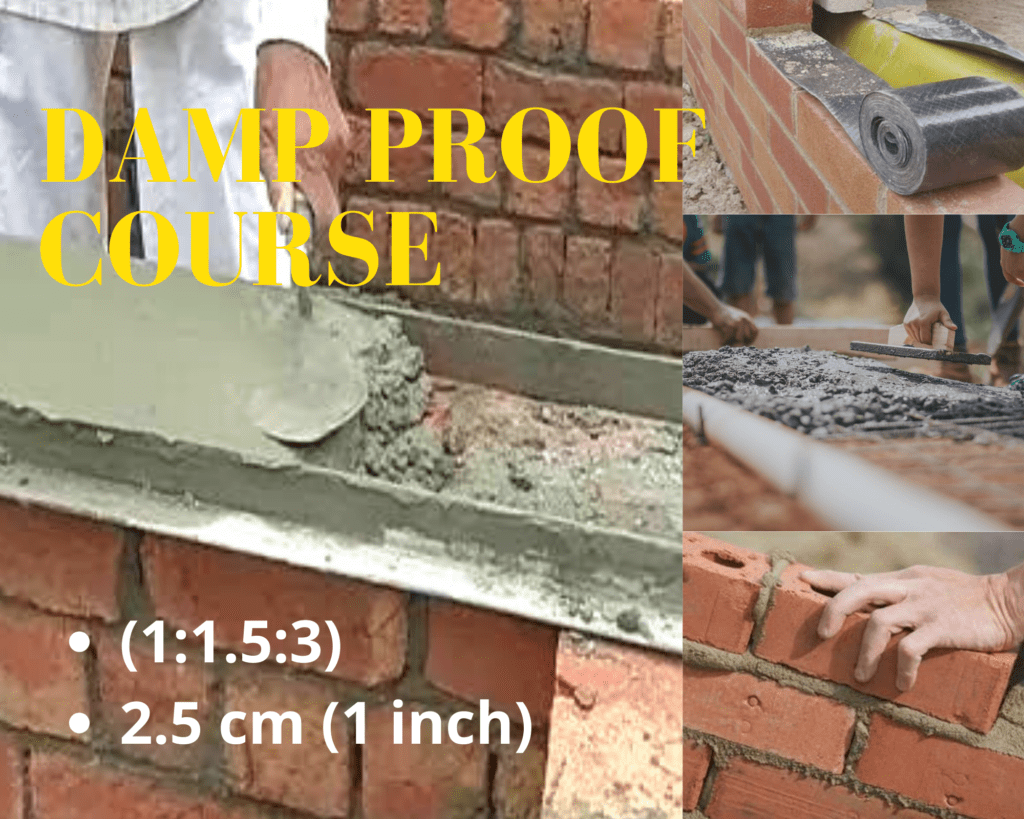
Masonry work in building construction:
Masonry work is done with cement mortar. Mix ratio for mortar is 1:4 to 1:6 is used. The quantity of brick work is calculated separately for sub structure and super structure as well.
It is also calculated separately for each storey. If it solid wall e.g. 9″ or more then it is calculated by volume method in cubic meter or cubic feet, and then windows and doors spaces are then deducted.
The calculation of single brick wall e.g. 10cm (4.5″), the quantity of brick work is calculated by area method in square feet or square meter.

Arch and Lintal:
To cover the top of openings of doors and windows in building, arch or lintal are constructed. According to their material, its quantity is calculated separately in cubic meter and cubic feet. Arch is mostly made up with bricks while lintal is made up with reinforced brick or reinforced cocnrete.
Reinforced concrete work:
Lintal, slab, column and column footing usually constructed with reinforced concrete. Good quality of concrete should be used in R.C.C work e.g. (1:2:4).
These quantities are calculated in cubic meter and cubic feet, plus the addition of steel. Steel is calculated as separate item.
Flooring and roofing:
A building’s floor and roof quantities are calculated separately in cubic meters and cubic feet. Tiles, marble, conglomerate, and tarrazo can be used to finish the floor. Consult the roofing experts in your area about the options available to you so you can make the right choice. In addition, you can consult with APEX Roofing experts, for example, to determine which type is most appropriate for your area.

Plastering & pointing in building construction:
After completion of masonry and R.C.C work. The form work of slab is then removed and plastering/pointing is started. For plaster work the mortar mix ratio (1:3) to (1:4) is used.
Plater is usually 12mm (1/2″) thick while pointing is done accordingly. Pointing is done on the outer surface of building while plaster is inside.
Doors and windows:
Doors are usually made up of wood while windows of aluminum is consider to better nowadays. Door frames are fixed while masonry work and shutters are joint after plaster with the help of hinges. Aluminum windows can be fixed after plaster and paint work.
White wash in construction of building:
White wash is done after drying of plaster. It is made up with lime. In this step 3 coats of lime is placed on walls to make its surface smoother. Different colours are added sometimes to increase the beauty which is called colour wash.
Nowadays mostly distemper and paint is being used, which is costly but durable as compare to white wash.
Paint and polish:
Wooden doors are polished at the end. Sometimes steel and wooden doors & windows are painted, which is done with the help if brush.not only an ordinary brush buy you can also try high quality detail paint brushes. Steel door and windows can be painted with spray gun.
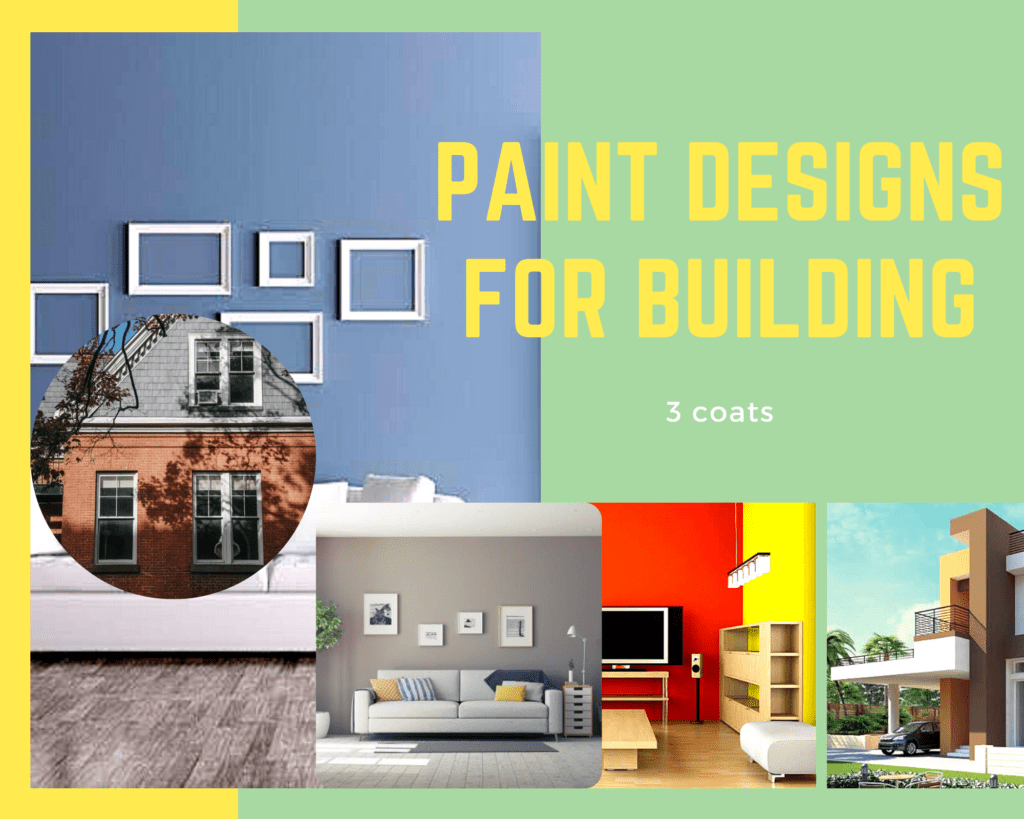
Services:
While residential building construction, different services are provided e.g. electricity, gas connections, water supplies and sanitary. For electric supply conduits and boards re fixed in walls and slabs before plaster.
Likewise water supply and sanitary pipes are fixed before the floor placement and walls plaster. After the paint work Electric switches, fans, taps are fixed to prevent them from paint stains.
Owner builder construction loans: Self build construction loans
There numerous banks and private lenders which provide you the loan to build the house. It not a piece of cake to borrow money for construction, but these lenders has some low down payment and easy way to get loan.
Here’s the list of owner builder construction loans lender:
- Nationwide home loan group.
- FMC lending.
- Normandy.
- TD Bank.
- Nationwide home loan INC.
- VA nationwide loan.
- Go mortgage corporation.
Building construction types: 5 types of building construction
You may see construction as a building, but as a contractor, they classify buildings as five different types . The differentiation depends upon the different elements of buildings such as coloumn, beams, roof, occupant’s use, height of structure and other elements compositions.
IBC (International Building Code) defines the different building construction types. Different parameters are taken to categorize buildings, purpose of building is to provide safety for occupants and to establish the worth and value of construction.
Further these building construction types sub categorized in to A & B category, which means sub-type A would be constructed with enhanced/advanced level system, while the sub-type B is constructed with basic system.
Following are 5 building construction types.
Fire resistive: Type 1 building construction
First building construction type is made up of non-combustible material, such as concrete, steel framing, which is fire resistant up to 3 hours. This provides the highest level of safety. High rise or multi storeys buildings are categorized in type 1 construction.
Non-combustible: Type 2 building construction
Many commercial buildings and major building constructions are placed in type 2 category. All the building elements such as column, beam, floor, and exterior is made up with non-combustible material (concrete, bricks, blocks). It can withstand fire up to 1 hour. It is less resistant than type 1 construction.
Read also: Commercial construction
Ordinary construction: Type 3 building construction
In type 3 construction, exterior walls are made up with bricks, concrete block, precast concrete or other non-combustible materials. While the interior walls and roof are made up with wooden frames. Exterior walls are more fire resistant while the interior walls and roof are less resistant.
Heavy timber construction: Type 4 building construction
Type 4 buildings are made up with heavy timber members. Exterior is made of 8 inches thick timber beam or non rated materials, while the interior beam and framing is made up of heavy timber. These heavy timber framing are different from traditional wooden framing construction. Its more stronger and thicker.
Wooden framed: Type 5 building construction
Type 5 doesn’t require any element of building to be fire resistant. Type 5 buildings construction can be done with any materials allowed by code (mostly wood). Its budget friendly because of non fire ratings.
Single family residential buildings are mostly built up with wood, some commercial buildings such as ware-houses and restaurants are categorized in type 5 construction.

